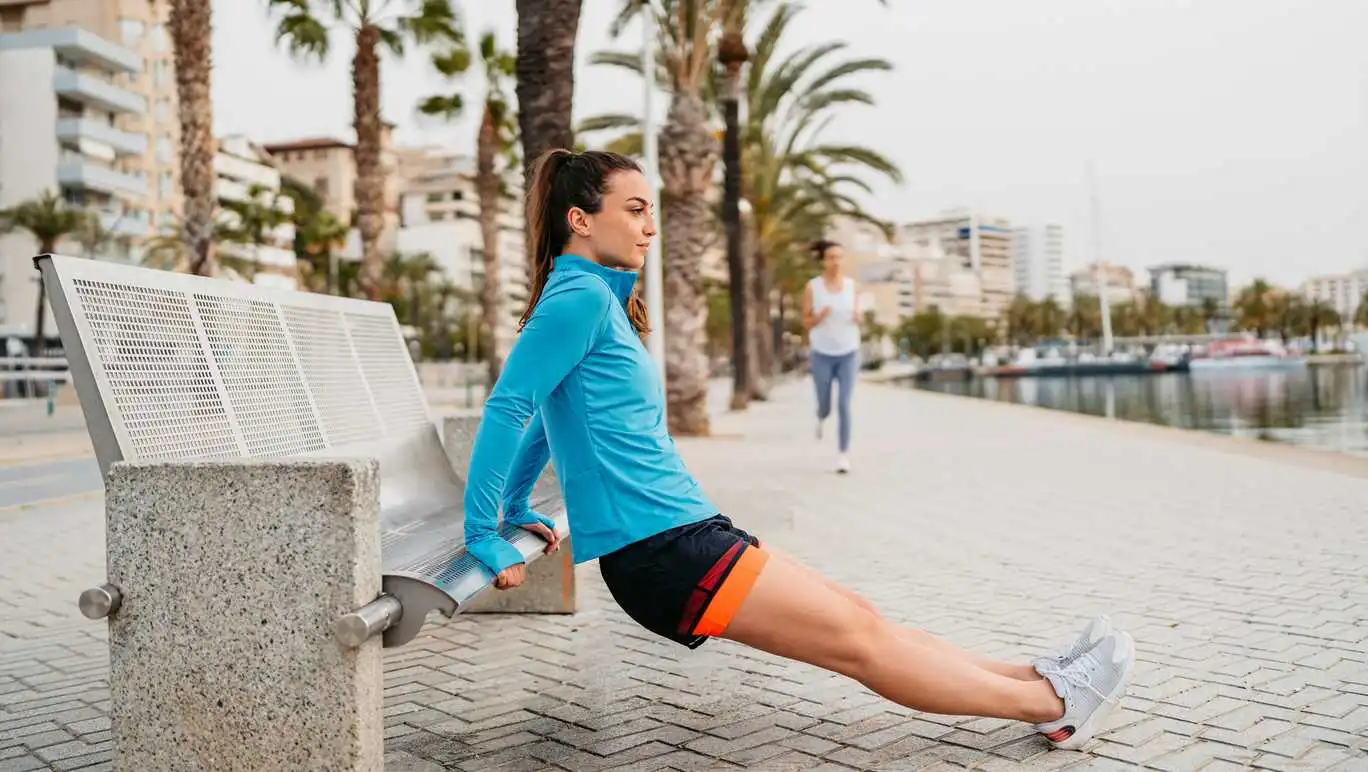You’re all ready to workout, you have your new sparkly runners, trendy activewear, and you’re ready to go. But, first you need to warm up. While it can be very tempting to skip a warm-up and jump straight into your session, not doing so may compromise your ability to workout again in the near future. Here’s why.
Do you need to warm up before exercise?
Despite being told all our lives how necessary warming up and cooling down is, most of us think we never have the time for it or worse — we never need it. But warming up and cooling down are both crucial to any sport, exercise or fitness training program.
It’s so easy to skip this very important step, as you are energetically bounding into your routine. But next time you think about skipping your warm up routine, think again. Warming up helps prepare your body for physical activity and also helps you perform at your best.
What are the benefits of warming up?
Although warming up may feel like a time waster, a thorough warm-up has been shown to:
- Help reduce the risk of injuries
- Help improve athletic performance
- Help increase mobility and range of motion
- Help increase blood flow and oxygen
Getting your body ready before any physical activity has a number of benefits, but the main purpose is to prepare your body and mind for strenuous activity. Allowing your muscles to get adequately warmed up will prepare it for the movements, and demands you are about to place on it.
How do I warm up before exercise?
Gone are the days of static stretching before jumping into your session. While static stretching has its place, science has shown us that there are far more effective ways to prepare yourself for exercise. When planning a warm-up, think RAMP:
- Raise your heart rate, body temperature, blood flow and respiration.
- Activate your stabiliser muscles, including hips, trunk and shoulders.
- Mobilise your body by completing quality movement specific to your training activity, through a full range of motion. For example, if you’re planning on running, some reverse lunges, marching or step-ups will help groove the motion.
- The P in RAMP stands for Potentiation. In simple terms, this means turning up your nervous system so that the messages from between your brain and muscles are fast and efficient.
Examples of RAMP movements include explosive squat jumps, reverse and lateral lunges, jogging on the spot and medicine ball throws.
Do I need to cool-down after exercise?
The short answer is yes. Cooling down after exercise allows your heart rate and breathing to return to normal and brings your muscles back to a resting state.
Cooling down may reduce feeling aches and pains the next day. If you went for a run, you might do a brisk walk for 2-3 minutes, then gradually taper your pace to a stroll. At the end of your walk, you can do stretches to help increase the range of motion in the leg muscles you just used.
For strength/resistance training, your cool down may include full body stretching to increase the range of motion in the joints you just worked. You want to specifically target the muscle groups used, and incorporate stretches that will loosen those groups.
Before you finish your workout, take a few moments to help your body recover, and be proud of what you have achieved!
Related articles:
Article developed with Exercise & Sports Science Australia (ESSA).
Reviewed by Healthylife health experts July 2024
